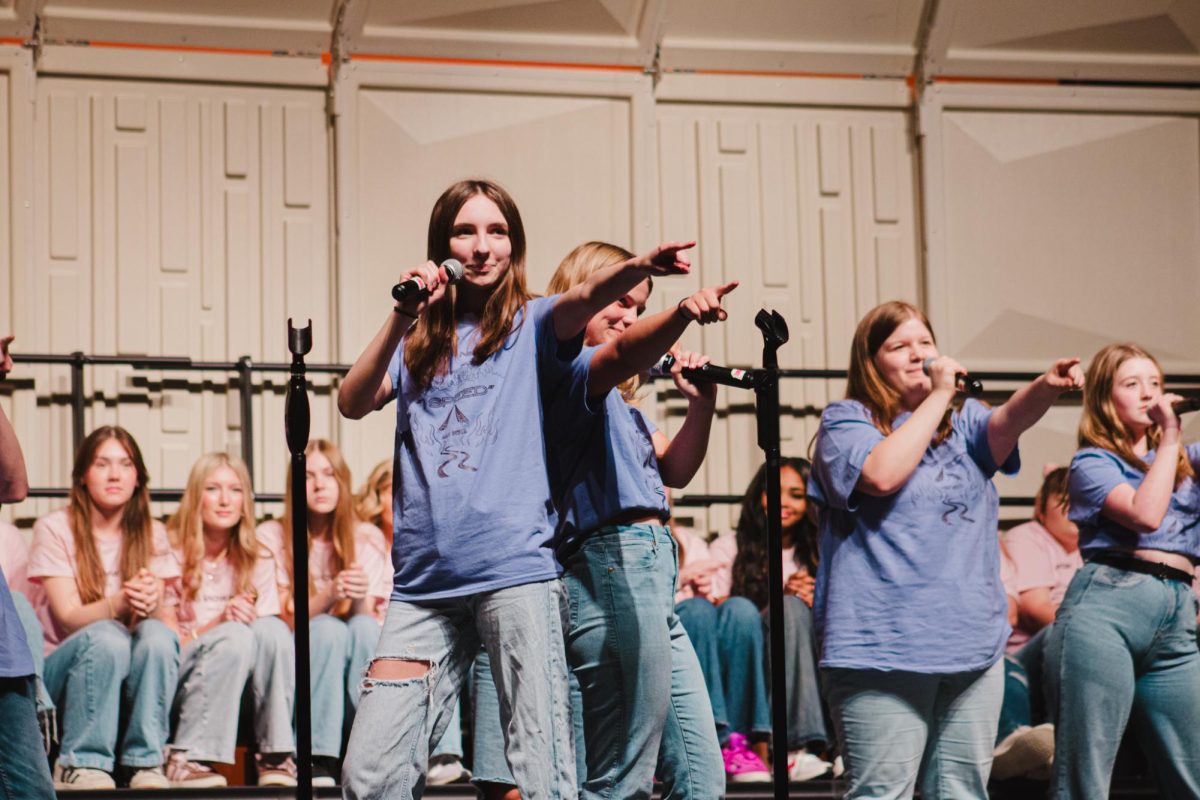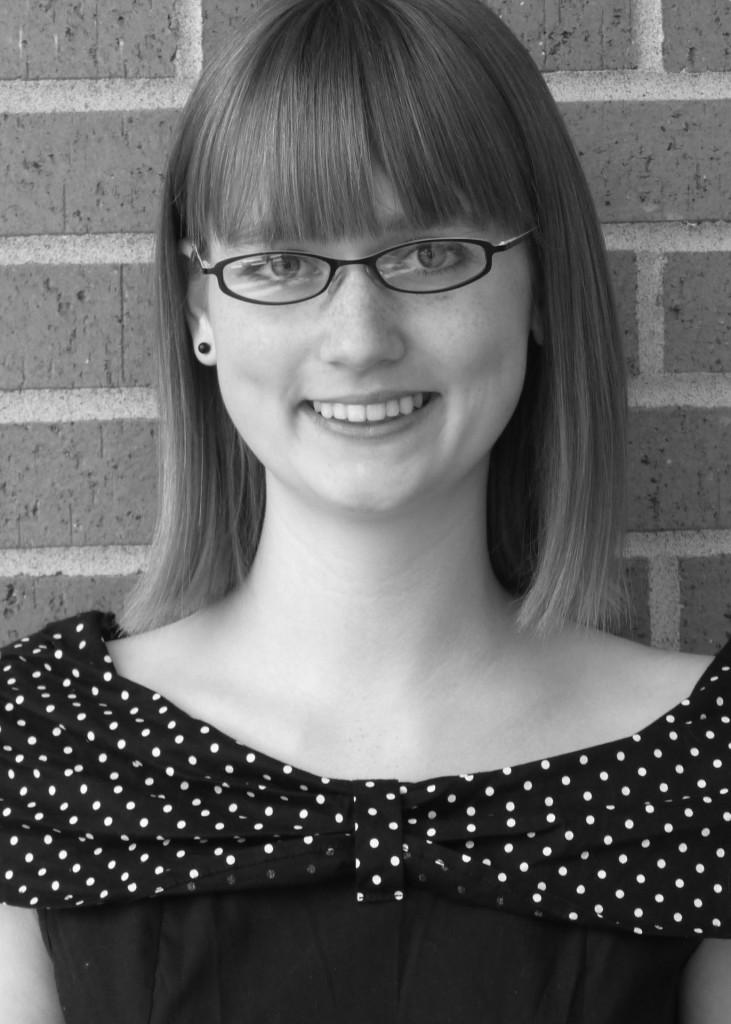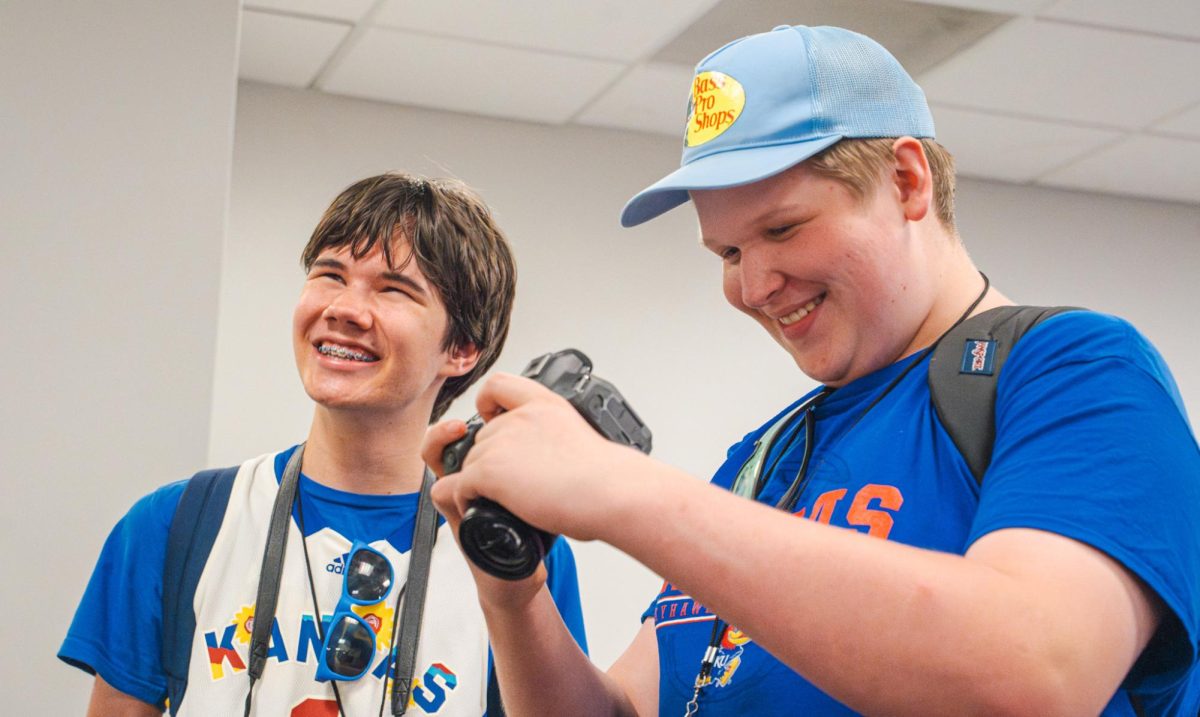As the days get shorter and snow begins to fall from the sky, some students will embrace the season by going outside. Many may hate the winter, but will wear ten layers of sweaters to school even if it is uncomfortable.
And a few might choose to hibernate, staying indoors and avoiding the meager hours of sunlight and frigid temperatures, feeling depressed about what’s going on outside.
While this may be a common lifestyle for most students regardless of the season, the winter season can strengthen these feelings, and in a sometimes a serious or harmful way.
But many don’t know that this feeling can actually be a form of depression that has treatment.
Are you SAD?
Seasonal affective disorder (also known as SAD) is a type of depression that about five percent of the population of people in the United States are affected with each year, usually during the peak of the winter months (December, January and February).
While this disorder usually affects people ages 18-30 north of the Canadian border, people all over the world are found suffering with this problem, usually because of the lack of sunlight and therefore an increase in the production of melatonin, a hormone produced in the dark that makes people sleep and is used in sleep aids.
Burrowing into a bed filled with blankets and pillows may be an ideal activity to do on the weekend, but if done excessively, especially instead of doing physical or social activities, this mindset can be a sign of seasonal depression. Other symptoms include a loss of energy, a feeling of anxiousness and overeating.
Depression vs. SAD
But these feelings are something completely different than the common ‘winter blues.’ People may become stressed during the winter holidays due to high expectations, financial constraints and family visits, but this does not always mean they are depressed. The winter blues usually peak after January 1, when all memories are revisited and social activities are most prevalent.
Monica Soderberg, a social worker, believes people usually confuse SAD with just the winter blues. While they are related, he stresses the differences are blatant.
“A clinical depression is usually so severe that people can’t go to school or work, or even take care of themselves,” Soderberg said. “Seasonal affective disorder and a clinical depression are both very different from the ‘winter blues.’ Many people get down or feel lazier during the winter as if they just want to curl up with a good book, but depression is much more serious and can lead people to not get out of bed, ignore/neglect their families and their health.”
Recognizing Clinical Depression
High school students are already dealing with emotions that occur because of school, relationships or jobs, so many don’t realize that they could have a form of depression.
“We look for a decrease in their ability to function,” Soderberg said. “In high school students, we may see a dip in their grades, withdrawing from their friendships, or getting into arguments with their loved ones over minor things, and withdrawing themselves from activities, clubs or leisure pursuits. They may start to skip school or call in sick excessively. They may literally have signs of feeling physically ill with no clear cause or they may start to think that life is not worth living and begin to think of violent ways to take their own life, and that’s very serious and you must get help.”
Avoiding the Winter Blues
To avoid the winter blues, sufferers should forget the past events that give one a bad or anxious feeling according to Mental Health America. Instead, focus on the new year and the new opportunities.
Treating SAD
For people suffering with SAD, the treatments go much further and are more serious.
While there are medicines like anti-depressants that can assuage the feelings of lethargy and anxiety that occur because of SAD, treatments like bright light therapy (exposing the patient to an all-spectrum light, which includes the entire spectrum of light wavelengths) or ECT (electro-convulsive therapy, which is similar to shock therapy) are also available.
Social workers like Soderberg also suggest increasing physical and creative activity to fight against the urge to sleep all day.
But remember, the winter season only makes up roughly 90 days of the year. Soon enough, the feelings of hibernation will subside as the weather gets warmer and the sun begins to shine.
And if not, Soderberg has some advice.
“[People suffering from any type of depression, including SAD people] need to find allies, friends and confidantes, as well as mentors, people who inspire them. In essence, find positive relationships and rely on these people when you are feeling down.”

















